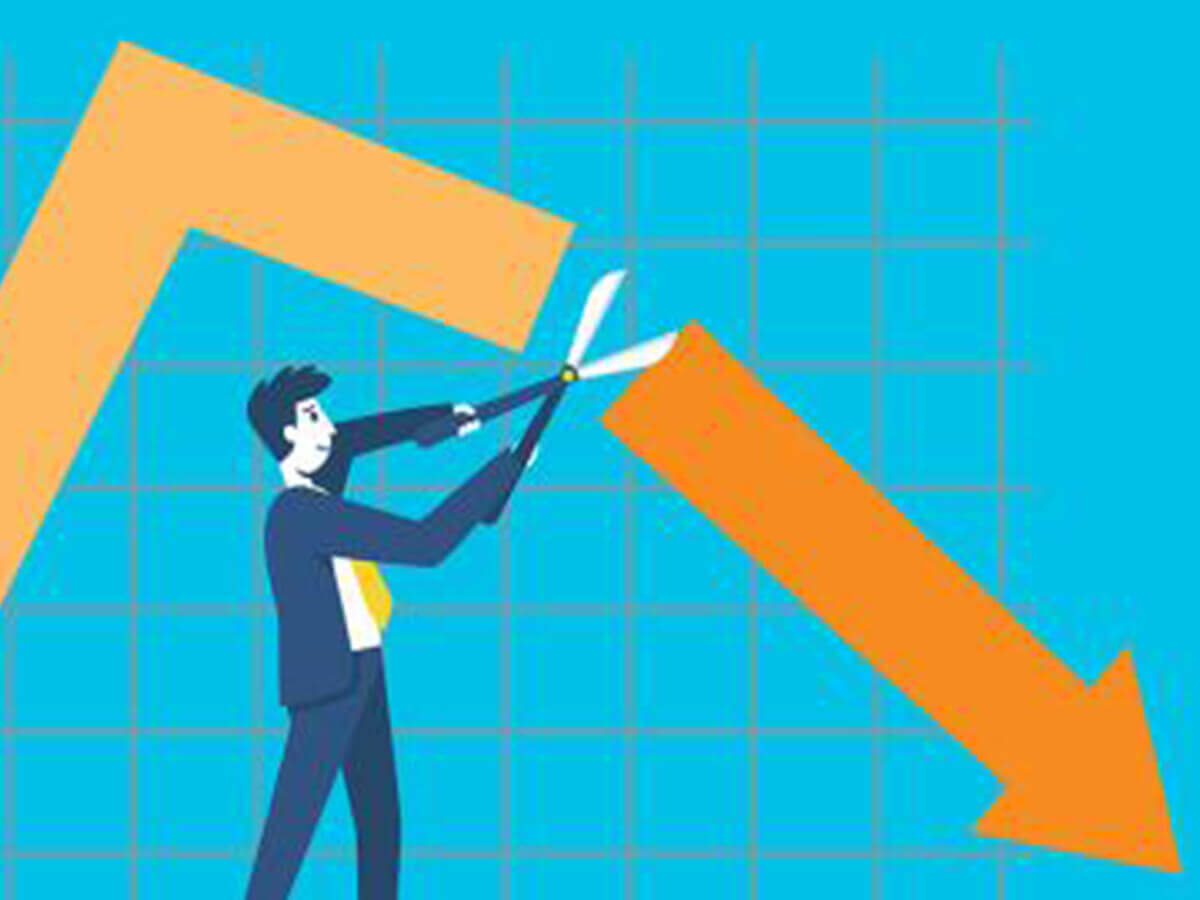GDP and Inflation
Discover the Combustible Relationship
The Indian economic growth juggernaut slowed dramatically to 4.4% in October-December compared with 6.3% in July-September. According to the National Statistical Office, India’s Gross Domestic Product (GDP), the measure of economic growth, is estimated to grow by 7% for the entire year to March.
What is GDP?
GDP is the measure of the value added created through producing goods and services in a country.
Why is measuring GDP important?
GDP must give information about the size of the economy and how an economy is performing.
The Reserve Bank of India too monitors GDP, and fostering economic growth is one of the two objectives that the central bank is responsible for, apart from maintaining price stability.
What pulled GDP growth down?
Economic activity in October-December fell because of a 1.1% contraction in manufacturing. This coupled with weaker private demand, weakness in exports, a rise in raw material costs and government expenditure exerted pressure.
The rise in overall interest rates in the economy following the series of rate hikes by the RBI also hit discretionary spending by consumers, as they faced higher outgo due to a rise in loan servicing costs.

How much did discretionary spending fall?
The data released by NSO showed that private consumption expenditure braked sharply to 2.1% in October-December from 8.8% in the previous quarter and from 10.8 % in the same period last year.
Is the GDP contraction a cause for concern?
NSO’s GDP estimate of 7% is higher than RBI’s estimate of 6.8% for FY23,
While the GDP contraction is not alarming, uncertainty on weather patterns - a hot summer and weak monsoon – could affect farm output, keeping food prices high. This could pull down GDP further.
This, along with the expectation that the RBI will continue to keep pressing interest rates higher, could result in a more economic slowdown.
Economists believe that one should brace for a further deceleration in economic growth.
Policymakers are expected to keep an eye on the intensity of heat in the summer. If farmers have a good harvest, rural incomes could continue to rise and support demand.
In March 2022, a sudden temperature rise led to a loss in wheat crop yield, eventually leading to a ban on wheat exports to keep a check on domestic prices. The ban on wheat exports is still in place.
What is the outlook?
For now, there is no cause for concern.
But if inflation continues to remain obstinate then the central bank could continue to keep raising rates.
However, there is a view that the impact of the earlier rate hikes will be felt with a lag. This implies a cooling off in prices, which could apply the brakes on inflation and make the RBI to pause hiking rates.
Some experts believe that a fall in inflation and a contraction in GDP could well nudge RBI to start cutting interest rates from October.
Liked what you read? Share this article with your followers.
Sign up and follow us on and to get the best stories on Investments, Strategies, Tools, Ideas & Insights to help you Grow and Conserve your wealth.

